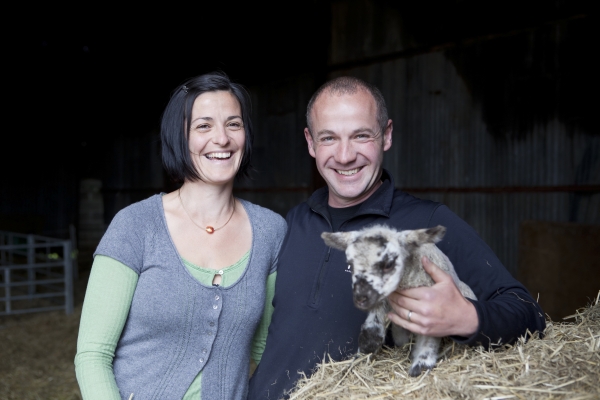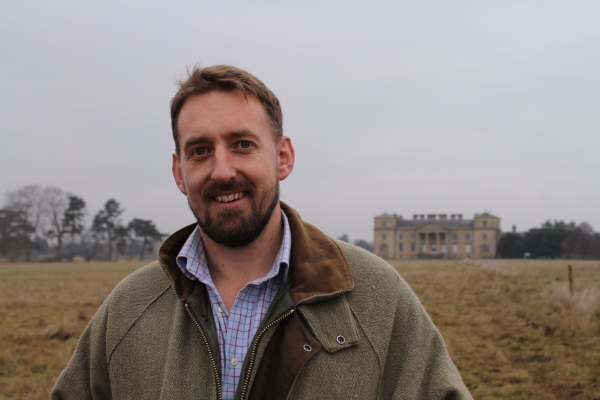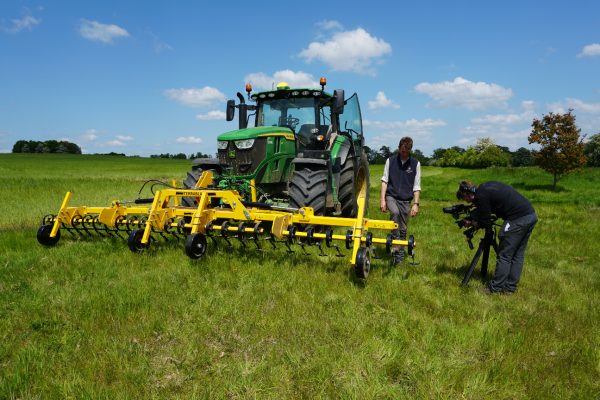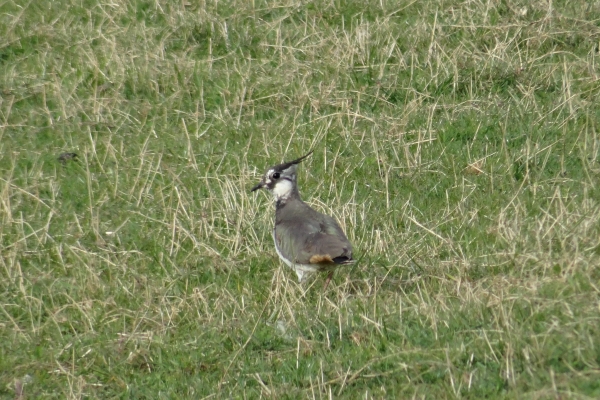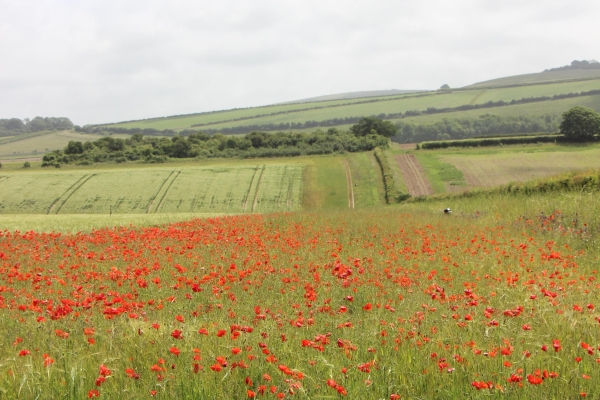Callum Weir
Wimpole Home Farm, Cambridge
Wimpole Home Farm is an organic 589 hectare (1,419 acre) mixed livestock and arable farm near Cambridge. It is part of the National Trust’s 2,500 acre Wimpole Estate, and is the only lowland farm run in-hand by the National Trust. This is split into approximately 500 acres of Grade 1 Listed parkland and 900 acres of arable land, all of it managed organically.
The farming business comprises of 3 main enterprises; a livestock and visitor farm enterprise, an arable enterprise and the FABulous Farmers Project.
The livestock enterprise focuses on conserving rare and traditional breeds. We have 270 ewes, 10 sows, 30 cows and 300 hens of a variety of breeds. In addition to providing an income stream, the livestock are an important part of our visitor farm which welcomes 350,000 people a year and are the perfect tool for managing our parkland and wildflower meadows. The purpose of the visitor farm is to demonstrate our sustainable farming practices to our supporters and is a great engagement tool, particularly as we have seen our visitors wanting to know more about how their food is produced.
The arable enterprise similarly focuses on demonstrating sustainable farming. The organic arable rotation is based on fertility building leys, which are kept for 2 or 3 years. After the leys, the rotation is generally a milling wheat, then rye or oats, a pulse, then spring barley. However, we are flexible depending on each field. Equally, our cultivation strategy is flexible, but is based around using minimum tillage to create seedbeds and saving the plough for when we need it to bury weeds.
Across the arable farm, we have been applying many agroecological principles that are not unique to organic and spend time learning from all types of farming systems. Just because we are organic does not mean the National Trust thinks everyone should be! These principles include reducing cultivation, cover cropping, integrating livestock, utilising habitats and stewardship and embracing technology. Applying these principles to our arable farm has led to big increases in biodiversity and soil organic matter, which was by far the biggest sequester of carbon in our recent carbon audit.
As a result, the arable farm has returned a healthy profit. Last year, production levels across 369 hectares (ha) / 912 acres of the organic arable land were some of our best. Wheat yielded 5.16t/ha, oats 5.09t/ha, barley 3.87t/ha… it wasn’t all good though as the peas yielded 1.11t/ha. For 2019, this resulted in £294,617 income, £117,588 profit for the farm (including subsidy and environmental payments) for the 912 acre arable farm.
We do separate the arable and livestock/visitor farm businesses. This is because many of the cost and income streams associated with our livestock farm are visitor related and incomparable with other farms, such as higher labour costs as the farm is open 362 days a year, or profit from selling lattes!
Across both the arable and livestock farm, where possible, we try to add value to all the products we produce. For the livestock, we add value by welcoming visitors onto the farm, as well as direct marketing eggs and meat to those visitors. For the arable, we look to shorten supply chains as much as possible. The best example of this is creating a supply chain that takes Wimpole wheat to be milled into flour which supplies cafes across the National Trust to produce our famous scones. For our other crops, we work closely with merchants that we know and trust, as well as directly working with companies such as Hodmedod’s.
The FABulous Farmers project seeks to generate and share knowledge on climate-smart and biodiversity friendly farming across north-west Europe. The National Trust is the project manager for the East of England region, with Wimpole being our hub. We use the farm to demonstrate the FABulous, agroecological techniques which promote this type of agriculture. In addition, (in pre-Corona) times, we also worked across the region to demonstrate FABulous Farming. For example, we have hosted farm events, study tours and debates at the Oxford Real Farming Conference. If you are interested, get in touch, follow the Facebook page or follow #FABulousFarmers on Twitter.

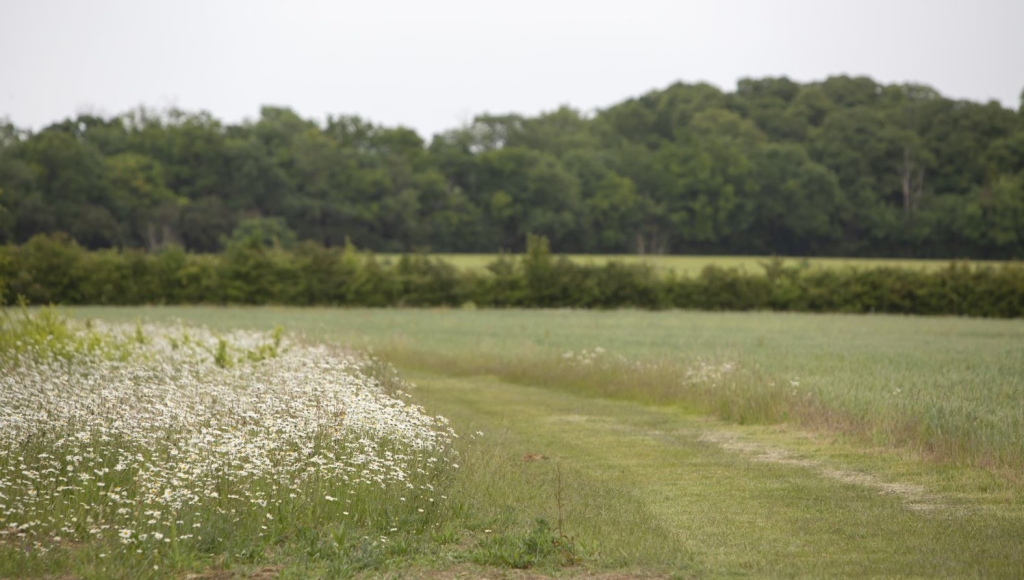
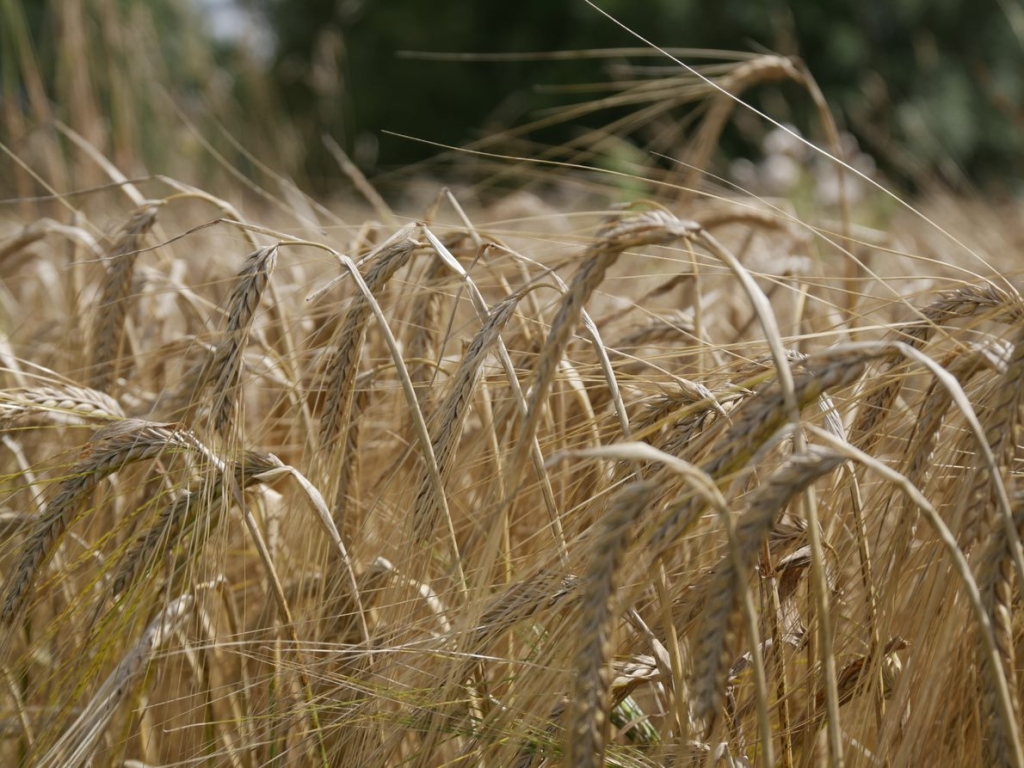




Sustainability in practice
Increasing wildlife biodiversity and soil health through habitat creation and management and increasing soil organic matter
We have had to overcome particular challenges such as soil degradation, decreasing returns from farming, and declines in farmland wildlife. The main way we have done this is to convert to organic, as I believe that has allowed us to value our broader application of agroecological principles through the organic premium our products receive. The organic farming, combined with a significant Higher Level Stewardship scheme have led to large gains in the health of our farmed environment.
To fully understand the impact of 12 years of organic farming on the environment, we conducted in-depth surveys over 2 years into rare farmland birds and invertebrates biodiversity and soil health (in particular carbon sequestration). Survey results are vital to understanding how our holistic approach to farming at Wimpole is working. Nature and soil health are flourishing – the results show increases in the numbers of breeding pairs of rare farmland birds, invertebrates, and how the land is a significant sequester of carbon.
Many of the increases we recorded in the surveys are down to the combination of organic farming methods in the fields and the mosaic of margins, hedges and habitats that surround each field.
Key results:
- Doubling in numbers of breeding pairs of rare skylarks and linnets in 6 years which are good indicators of a healthy ecosystem
- A 38 % increase in invertebrate numbers over 13 years to include the recording of 95 rare and protected species, vital for pollinating crops and preying on pests
- A total carbon balance of -2,260 tonnes of CO2 per year achieved through the amount of organic matter in the soil which soaks up carbon, the number of trees, and grown out hedges
Biodiversity
Key findings from the farmland bird survey conducted across 400 acres of the farm revealed that since 2013:
- Numbers of rare skylarks have increased by 75 %, from 12 to 21 pairs
- Number of rare linnets have doubled from 3 to 7 pairs
- Wimpole is one of the most important populations of the rare corn bunting in Cambridgeshire with between 5 and 8 pairs breeding each year
- The farm provides winter feeding habitat for at least 9 rare bird species – grey partridge, lapwing, linnet, skylark, starling, yellowhammer, woodcock, hen harrier, fieldfare
A total of 1,145 species were recorded in the invertebrates survey, equating to an increase of 38 % in the number of species between 2003 and 2019. This included 95 rare species with formal conservation status including Bombus ruderatus – the large garden bumblebee and Tyria jacobaeae – the cinnabar moth. 75 species of bee, 49 species of wasps, 46 species of hoverflies and 22 types of butterflies were recorded.
Other key results from last year included:
- A 150 % increase in Hymenoptera (wasps, bees, ants)
- A 190 % increase in the number of rare invertebrate species including the nationally scarce (NS) tumbling flower beetle (Mordellistena variegata), the small heath butterfly (high on the Butterfly Conservation Priority List) and the (NS) slender-horned leatherbug
- A 30 % increase in the number of butterfly species including the silver-washed fritillary and marbled white
- The organic field margins support on average 30 % more invertebrates then conventional field margins

Carbon capture
Incorporating soil management, habitats and tree planting/woodland management, the land is a significant sequester of carbon, with a total carbon balance of -2,260 tonnes of CO2 per year. When you think that an economy class return flight from London to New York emits an estimated 0.67 tonnes of CO2 per passenger, this is really significant. This relates to our arable land, parkland and woodland.
We have used the Farm Carbon Toolkit to conduct a full carbon analysis across the whole estate to include the farmland, parkland and woodland.
Trees have been a significant sequester of carbon, however the main belts and blocks of woodlands are now reaching maturity and will soon stop sequestering carbon (but remain very valuable to biodiversity). We have addressed this by planting 1,000 parkland trees over the past 10 years which will help with both carbon capture and biodiversity.
Our livestock are the perfect tool to manage our Grade 1 listed parkland and traditional hay meadows. While we recognise they are emitters of carbon, if we were to plough up the parkland and convert it to arable, this would release 50,000 tonnes of CO2e from this carbon sink – equivalent to 100,000 return flights to New York City (for individual people or 416 full 747 aeroplanes). This demonstrates the value of livestock in the carbon cycle, and the benefits of grass-fed meat. If meat is produced in the right way and consumed in the right amounts, it can be sustainable.
Motivations
My farming career started at Wimpole 15 years ago when I did 2 weeks on the farm as part of my Year 11 work experience! Albert, Mark and Emma, who are part of our farm team now, still remember me then! Those 2 weeks were pivotal. They inspired my career in farming and is part of the reason why I am so keen to continue to offer work experience placements where we can manage it.
I realised that I wanted to work in agriculture from my experience at Wimpole, so for my degree, I studied Agriculture at the University of Nottingham. The course perfectly prepared me for my role as the manager of a farm where economic and environmental performance are key priorities. The degree covered the practical application of scientific and economic theories of agriculture, the environment and the food supply chain. This allowed me to feel comfortable in managing a variety of different farming enterprises in a way that is both profitable and sustainable. The course at Nottingham is unique in that respect; it gives students the knowledge of the science and economics behind agriculture, allowing them to apply the principles to any time of farming system in the UK and across the globe.
After graduating, I spent 3 years working as a commodity trader for a company called Cargill. My role was to import, trade and merchandise agricultural commodities to the UK animal feed sector. I thoroughly enjoyed those 3 years; I had the opportunity to travel a lot and see how global agricultural and food supply chains work. However, when the opportunity to manage Wimpole came up, I couldn’t not apply!
It is a great job – I get to work with a great team and interact with visitors who are keen to learn and enjoy the nature, beauty and history of an amazing estate. I get to strike an almost perfect balance of practical and strategic work; I think I have lambed a ewe, driven a tractor and discussed farming with ministers in Parliament (after a shower) in the same day before. Not many roles offer that opportunity!
My main goal is to demonstrate that sustainable farming does work for the farmer, consumer and the environment. I get equally motivated to demonstrate that to politicians, visitors or other farmers!
We have worked hard over the last 3 years to show that our approach is delivering public goods such as access, biodiversity and carbon sequestration, as well as being a truly viable business at the same time.
We are fortunate at Wimpole to be supported by the National Trust to do this work, and take some risks along the way. The outcome of this is that we are demonstrating that, with the right support, farmers across the UK can help address the climate and biodiversity crisis, whilst maintaining rural livelihoods. I am incredibly proud to tell that story and I am not bored of it yet!
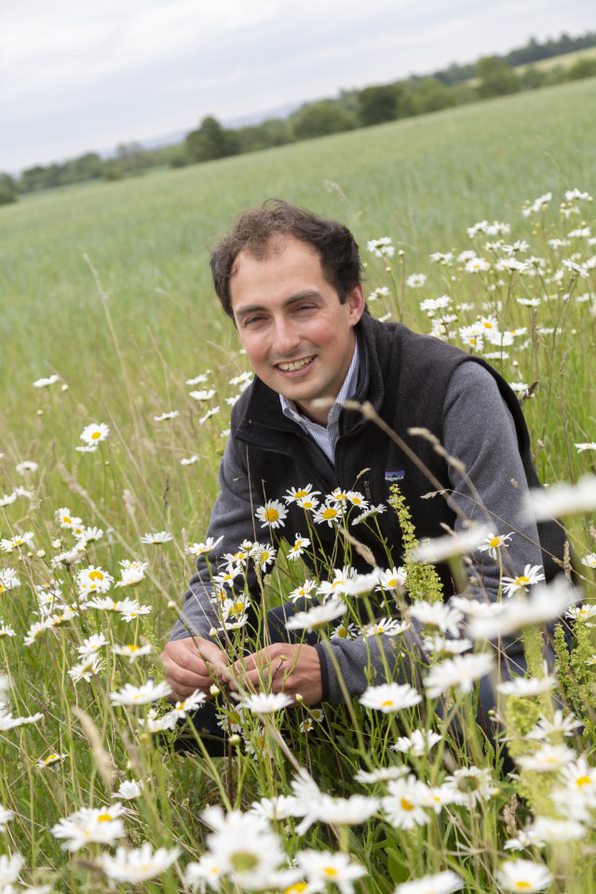
Farmer tips
- Get on Twitter and follow other land managers from across the world to learn
- Trial something every year, even if it is small – it keeps farming interesting
- Understand the whole supply chain of the products you grow and question how you can extract more value out of it
Photo credit for above and header image (in a field margin of oxeye daisies bordering a field of wheat): Phil Morley



